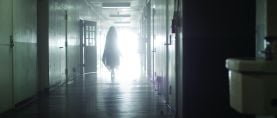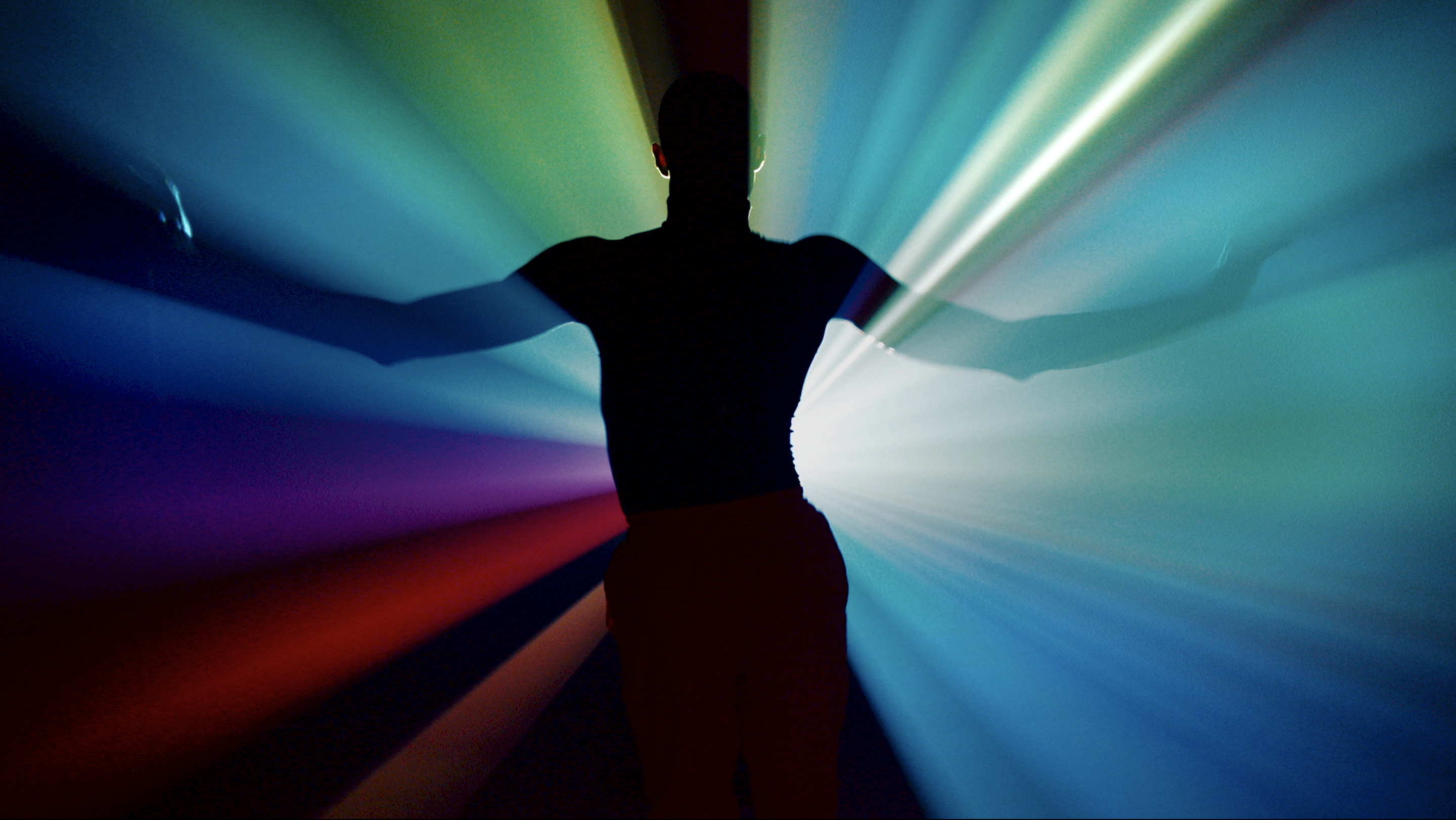
The Cinematographer’s Reel
If you are a cinematographer seeking work who doesn’t have a reel, you are significantly hindering your chances of obtaining gainful employment.
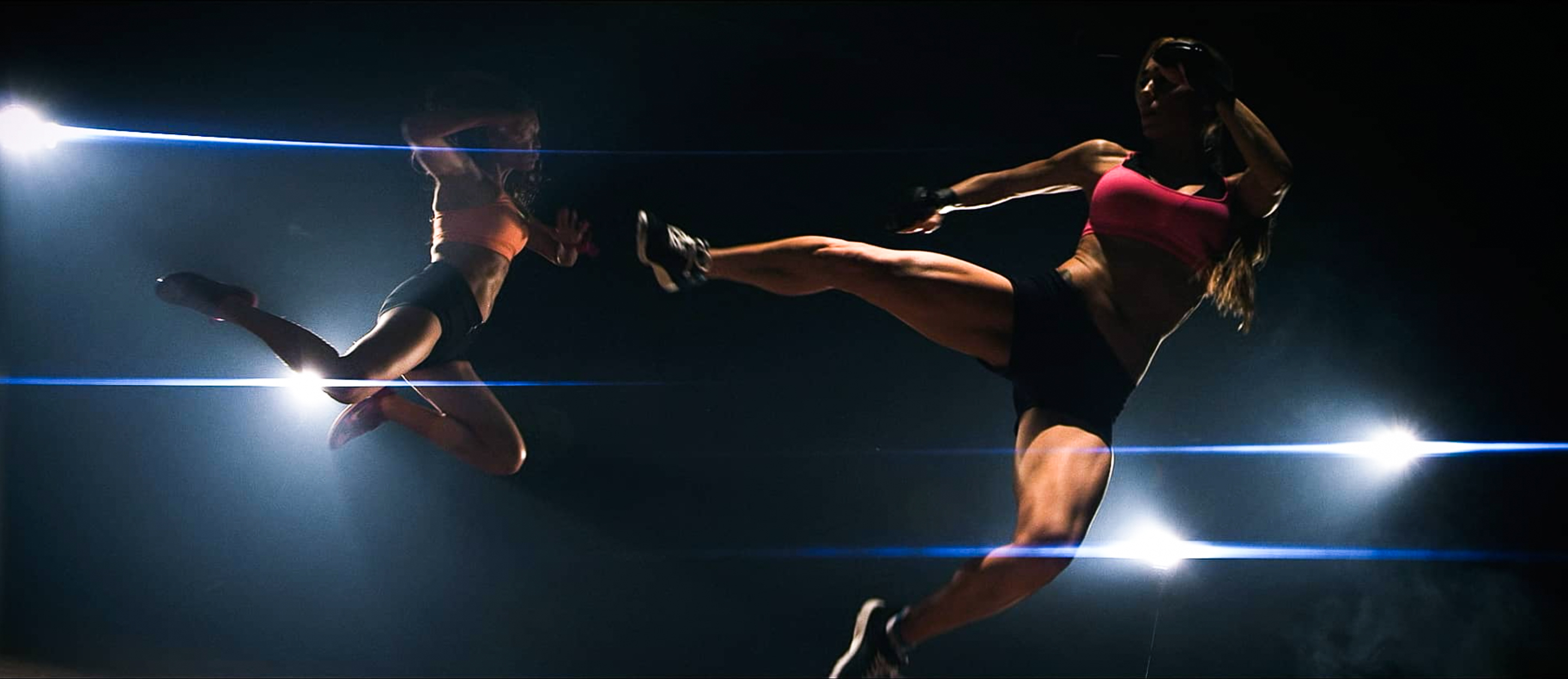
Cinematography reel frame grabs courtesy of the filmmakers.
The reel is the cinematographer’s calling card. It is quite often the first impression made on a would-be employer, be that a producer or director, and offers a short window of time to demonstrate your skills, style, sensibility, experience and talent. Creating such an invaluable tool would seem to be a simple endeavor, but extraordinary amounts of controversy and confusion abound regarding the humble reel.
The thoughts presented here are my own professional opinions. They are based on my role as a producer and director — one who hires cinematographers — not on my past experience as a cinematographer. When I’m sitting in a production office deciding whether to hire you, these are my considerations.
Getting Hired
In general, the motion-picture industry works on relationships. It is truly a business of “who you know” or “who you know who knows someone else.” A vast majority of the time, a cinematographer is hired because he or she has already worked with the director or producer. When those individuals are unavailable for a particular job, the next list of contenders is assembled from trusted sources’ recommendations. For example, the producer puts out a call to Emily, a cinematographer both he and the director have worked with, but she is not available, so she recommends Joe. This one degree to two degrees of separation is the nature of the business.
When those inquiries fail, however, a producer or director will often seek new talent, and this is your opportunity to dazzle and earn the job. Whether you are a second-degree recommendation or a cold discovery, your reel is the first impression you make on the people doing the hiring.
Sometimes a producer and director will seek out a cinematographer whose work they know — they’ve seen specific projects and decided they want to work with the individual who shot that material. Whether it’s something the director/producer has seen before or your reel, it’s your prior work that gets you the next job — always. When you have a significant body of work behind you, the need for a dedicated reel becomes less critical. But until you’ve won your Academy Award or shot your 15th Sundance Award-winning film, you need a reel.
Yes, YOU need a reel.
If you are a cinematographer seeking work who doesn’t have a reel, you are significantly hindering your chances of obtaining gainful employment.
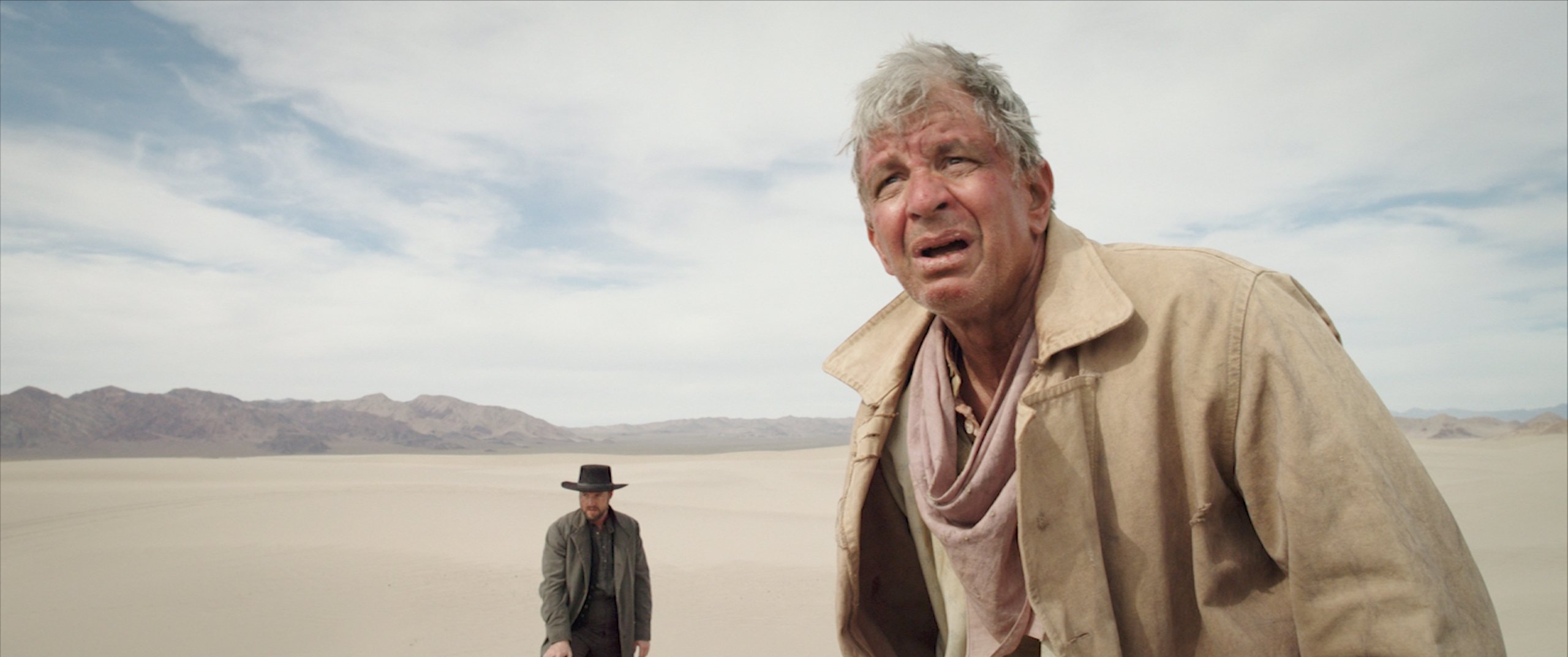
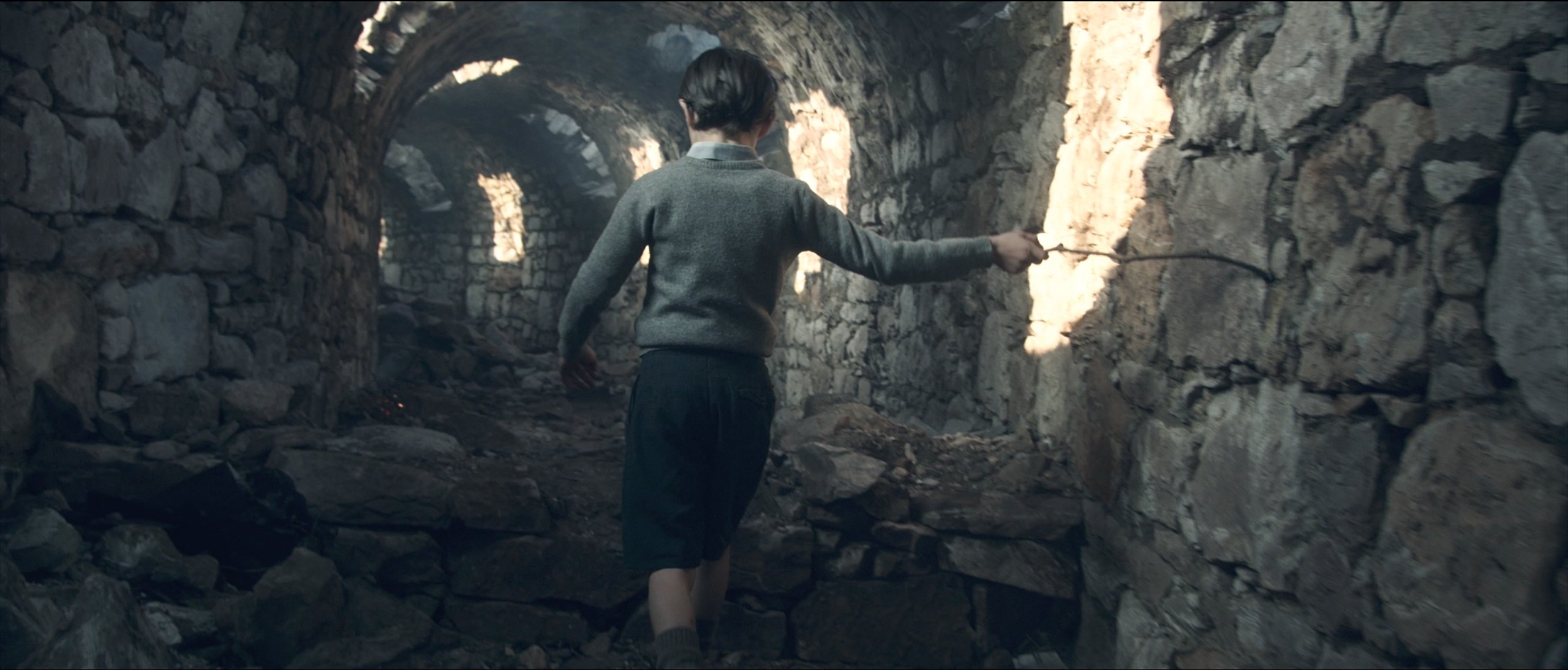
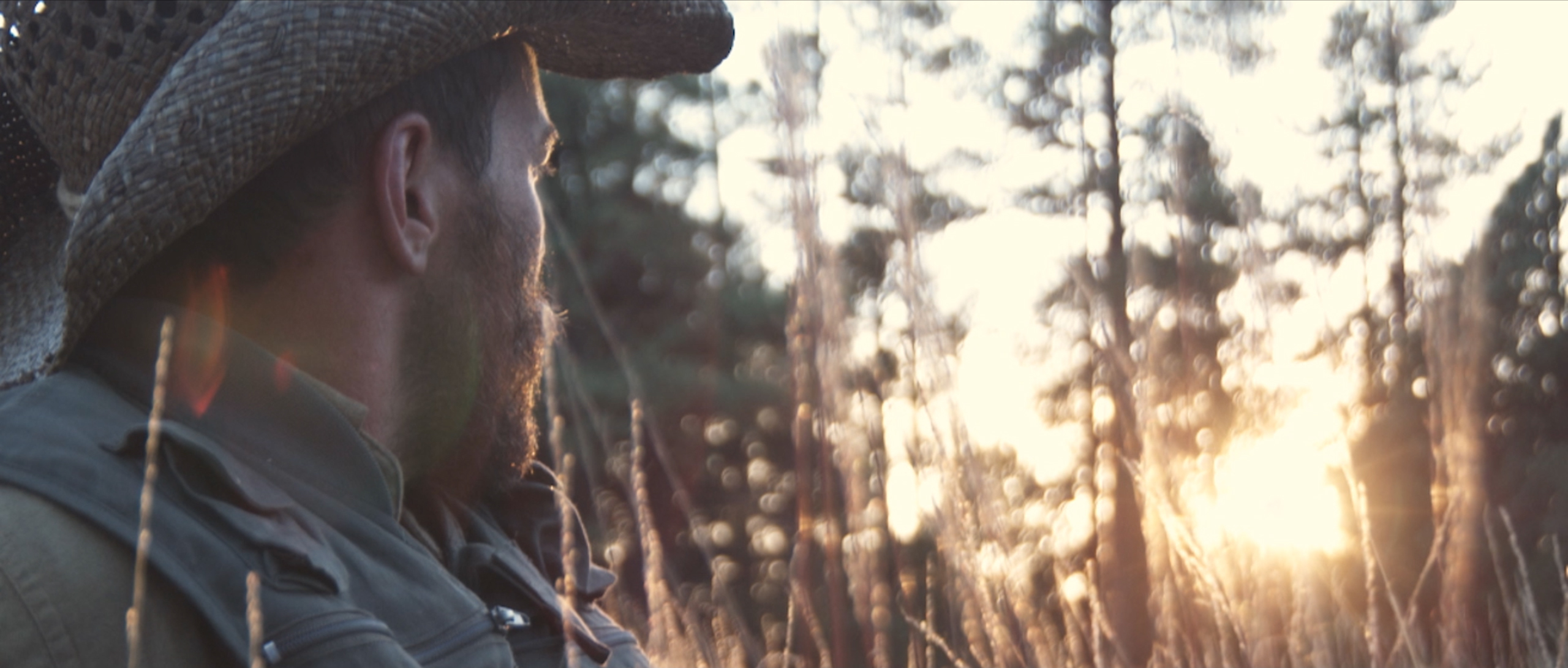
The Montage Reel
There is substantial debate in the industry as to whether a compilation or montage reel benefits the cinematographer in today’s marketplace. Allow me to address this with a scenario: I’m a director with a project in the very first stages of preproduction, and I don’t yet have a cinematographer. All of my prior cinematographers are booked, and so are their recommendations — it’s a busy time! — so I’m looking for someone new. My producer has received hundreds of résumés and submissions, some from reputable agencies, some cold. I’m open to anyone, but we’ve got to cut down the submissions.
My producer goes through the pile and selects a dozen for me to preview. At the same time, I’m getting script revisions from the writer, actor submissions (probably video auditions) from the casting director, sketches and designs from the production designer, and budget and schedule revisions from the producer’s team. It’s a lot, so I need a shortcut to maximize my time. Though you have a beautiful website with all of your work laid out, visiting the websites of all 12 cinematographer candidates and scrolling through dozens of commercials, music videos and clips will take me hours — time I simply don’t have. But if each of these cinematographers has a two- or three-minute compilation reel — voila, a shortcut! It’s an extreme time saver for me, your potential employer.
Once I’ve gone through the compilation reels, I can make my short list, and then look at more of their work on their websites and choose whom I will meet with. If you don’t have a compilation reel, you are absolutely going to the bottom of the pile, and chances are someone else will get my attention before I get to you. The reel is a CliffsNotes for your skills.
Is a compilation/montage reel still germane today?
You bet it is.
Tips for Your Reel
There are many things you can do to help your compilation reel stand out in the crowd. Most cinematographers are not necessarily editors, so the concept of putting together a reel is often quite daunting. Hiring a solid editor to put your work together for you is absolutely worth the cost, but give that editor direction. Explain how you want it assembled and what you think is the best way to illustrate your work.
Gathering footage for your reel can also be a herculean effort. Try to work it into your deal memo from the start that you will get a copy of all the dailies or the final color-corrected footage. Not every project will agree to this — especially larger ones — but many will, and it will make your life a lot easier.
Your reel should contain your best work — and only your best work. And it should be the best photographic work, not necessarily the work that was the hardest to do or that you were most passionate about. No one cares what it took to get the shot; they only care about the result. Many will advise you to “put your best shots first,” but I object to that concept. All the shots on the reel should be your best. If they’re not, don’t include them! That way you can concentrate on the overall flow of the reel rather than worrying about which shots are the best.
Group together shots from one project. When you spread them out throughout a montage, returning to the same look time and time again, it becomes repetitive. It also suggests your work is limited and you’re spreading it thin to make it look like more.
Less is always more. It’s hard to accept that — but believe me, it’s true. I recently saw a cinematographer’s reel that was 30 seconds of WOW, and it left me feeling that I absolutely wanted to see more of that person’s work. That’s what you want from your reel: to make an impression and leave them wanting more.
Lighting is key. Your reel must demonstrate your lighting ability. This is paramount for a cinematographer. Yes, beautiful naturally lit shots are absolutely germane, but you MUST demonstrate lighting as well.
Visual storytelling is key. If the camera moves in a shot, the move should be motivated and should expand the narrative, even if we only see one shot of that story. Even better, string several shots together in a sequence and clearly illustrate your ability to execute visual storytelling. The more your reel feels like it has a story or an emotional flow, the better. That’s especially true if you’re submitting for a scripted narrative. Remember: The job is visual storytelling, so even in your reel, you should be trying to tell a story. That will have more impact than you can imagine. This is the entertainment industry, so at the end of the day, your reel should be entertaining.
Focus your reel. As painful as this is to read (and even more so to execute), you need multiple reels. If you are working in scripted narrative, you need a reel for drama, horror, thriller, comedy, etc. Submit the reel that matches the job. If you submit for a horror film and you have all comedy and drama on your reel, chances are very slim you’ll be considered. For a narrative reel, do not include documentary, commercial, music video, industrial, etc. Likewise, if your reel is documentary, don’t include music videos or narrative work. Keep the reel specific to the job. If you do many different genres of photography, that’s awesome; just make sure you have separate reels for each one. The more focused your reel is for the job you want, the better your chances. In the commercial world, this gets even more specific. If you’re submitting for a car spot, don’t include beverages or cosmetics spots — they want to see cars. If you’re submitting for a wine spot, they want to see wine, not beer or cola. The more you can help producers and directors visualize what their project could look like, the better your chances of getting hired.
This leads me to a very important point: What if you don’t have the kind of work on your reel that you’re submitting for? If you’re a young cinematographer who wants to shoot horror movies but you’ve never shot one, how can you get a job shooting one? Our business is full of terrible Catch-22s, but this one you can solve: Go out and shoot the material you want to be shooting.
Yup, it’s that simple.
There’s nothing wrong with shooting material specifically for your reel. You want to shoot horror films? Get some actors together and shoot a horror scene. Shoot horror shots if you need to. You need material on your reel that’s in the spirit of the material you want to get hired for. It’s crucial. In this day and age, there’s no excuse for not shooting material for your reel. It does not matter what camera you use; it does not matter what lens you use. Photograph it well no matter the hardware.
Don’t stretch your work to fit a particular length. Shorter is better, always.

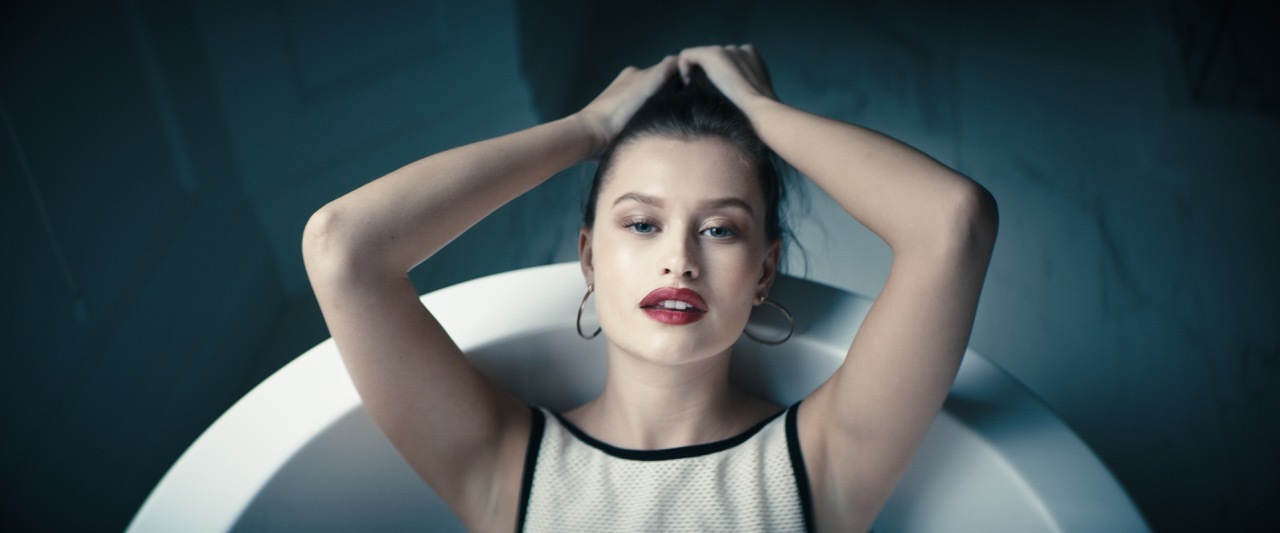
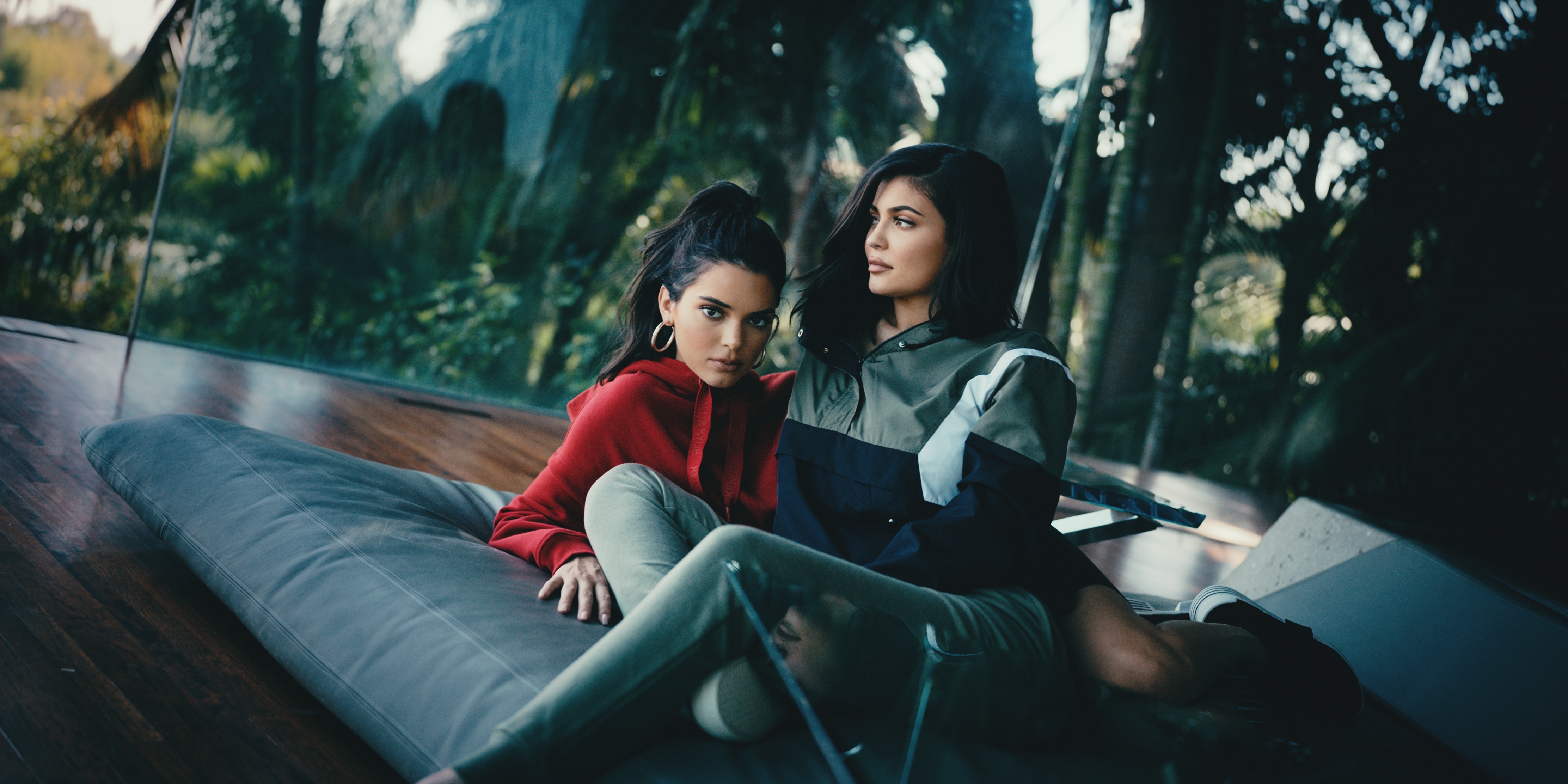
More Tips
Slow motion does not equal great cinematography. Unless your specialty is high-speed photography, a reel full of slow-mo shots is an immediate eye-roller for the experienced director/producer. It’s likely to be immediately tossed into the bin.
Cool skateboarding shots do not equal great cinematography. Unless your specialty is sports photography, GoPro shots with cool action are not enough to make a cinematography reel.
Drone shots are cool, but unless your specialty is drone photography, they are not enough to make a cinematography reel.
A series of natural-light/daylight sequences can be beautiful, but they are not enough to make a cinematography reel, unless — sense a motif here? — that is your specialty.
Website and Social Media
I consider your website and social media to be part of your “reel.” You must have a website, and it must feature expanded samples of your work. Once I’ve seen your reel and I’m interested, I need to see more. I want to see scenes from narrative projects or full commercial spots, full music videos, entire short films, etc. Your website should have all of this. It should also include a biography about you.
A presence on social media is also imperative. IMPERATIVE. Many people moan about it, but social-media sites are another calling card, and your potential employers will look for them. Absolutely, 100-percent. Instagram is the hot place right now, but you should have a YouTube or Vimeo presence as well. Your Instagram especially should be a healthy mix of samples of your work, behind-the-scenes photos, and some personal images — not your cats and dogs, but you in real life. That is the professional purpose of social media: it gives a potential employer an idea about who you are as an individual. That is just as important as your work.
Reject the concept of a social-media presence at your peril. It’s not only part of your professional image, but also a wonderful means for new directors to discover your work. Connect with them and utilize the platforms just as you would a networking event. It’s just an extension of that.
Does your number of followers matter? Not in my experience. Though producers are often (pretty much always) talking about social-media numbers for actors, we’re not marketing the project based on the cinematographer’s following. Having 50,000 followers might be an impressive statistic, but it won’t be the make-or-break factor in whether you’re hired. Don’t fret about that. Just have a presence.
Tips From an Agent
• HD Footage! Make sure it’s at least 1080p. In this day and age, don’t use standard-def footage.
• The images are much more important than the music. That should go without saying, but too many people put far too much weight on the music.
• Less is more! Keep it short — three minutes or less.
• No lip flap! As you’re building the montage, don’t have actors speaking when there is no sync sound. It’s very distracting.
• When you’re starting out, if you can incorporate any celebrity talent and recognizable faces, it will make the reel look bigger. Be careful with featuring folks that have passed away, as this will date the work.
• Incorporate a variety of looks. Your reel should reflect the kind of work you want to shoot.
• Make sure it’s all your footage! Don’t ever use another cinematographer’s work on your reel.
— Brian Goldberg, television partner, Worldwide Production Agency (WPA)
